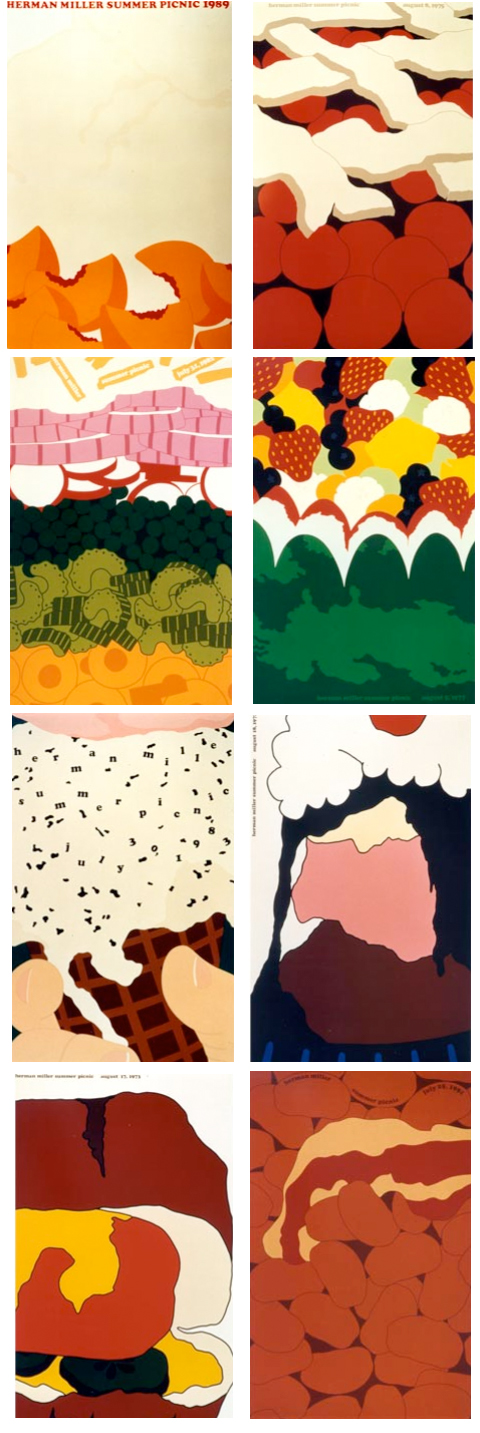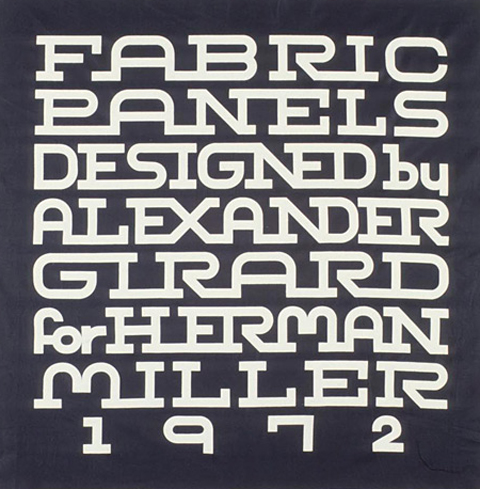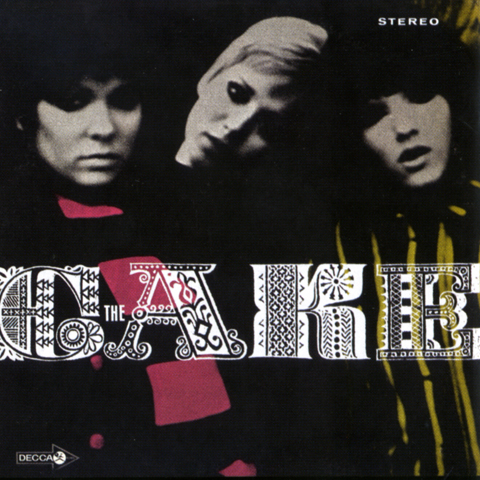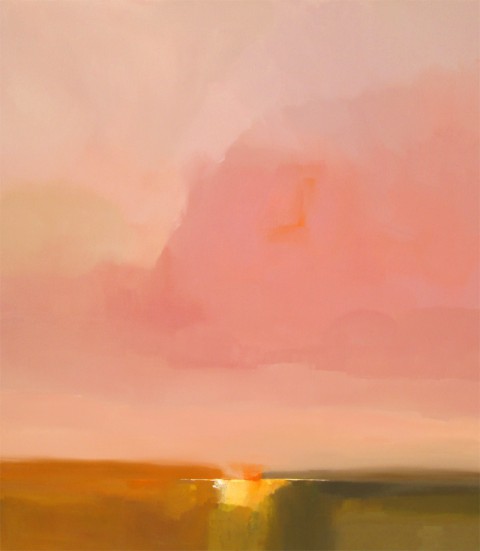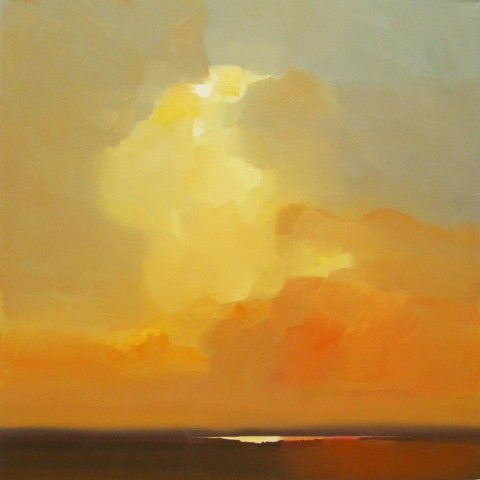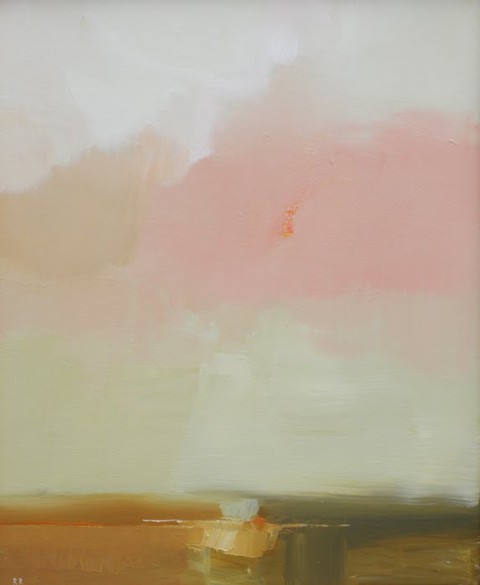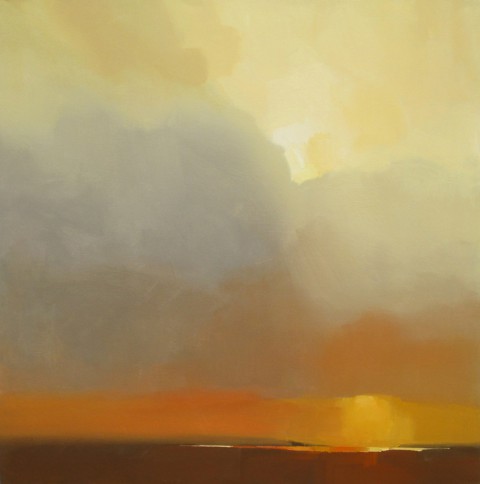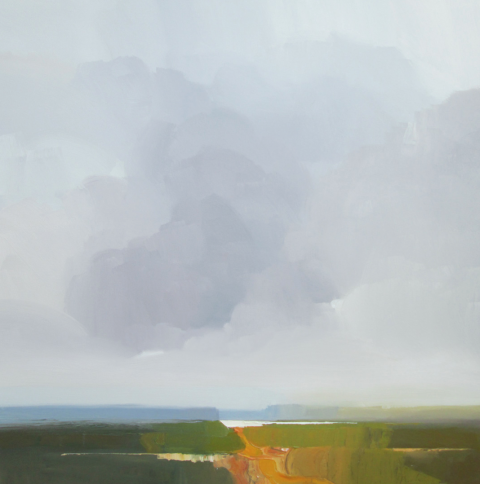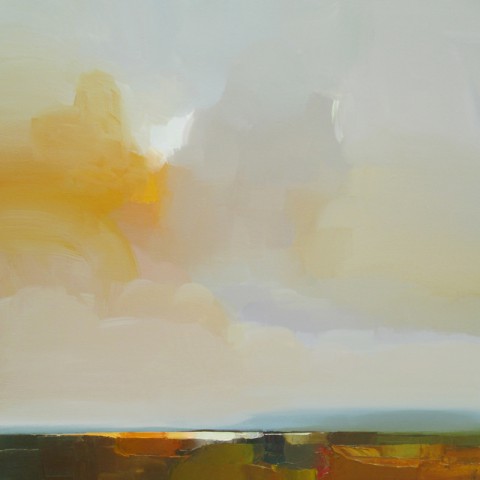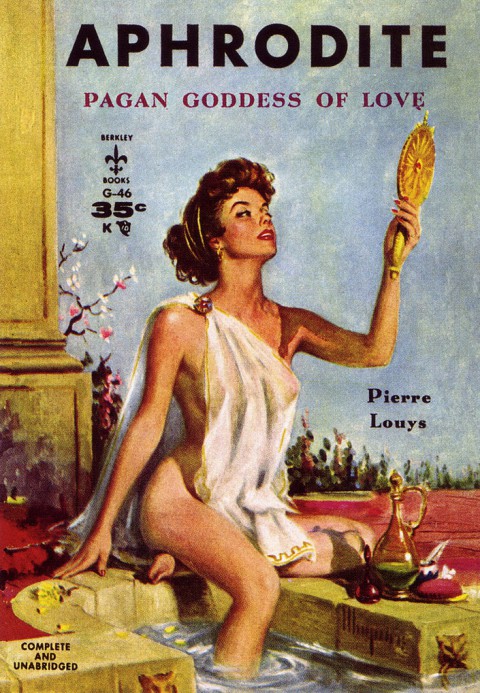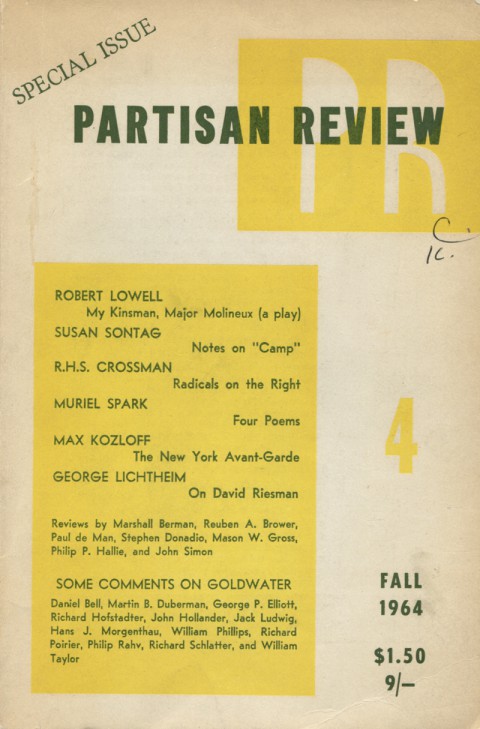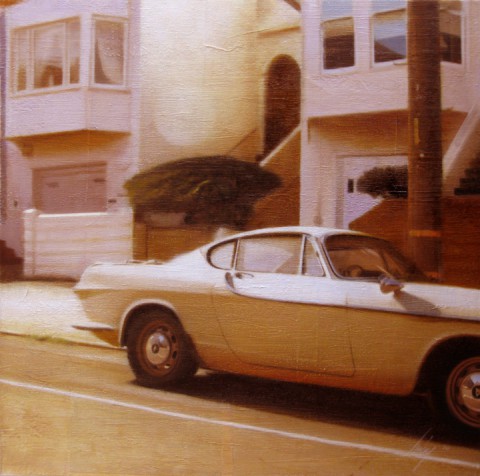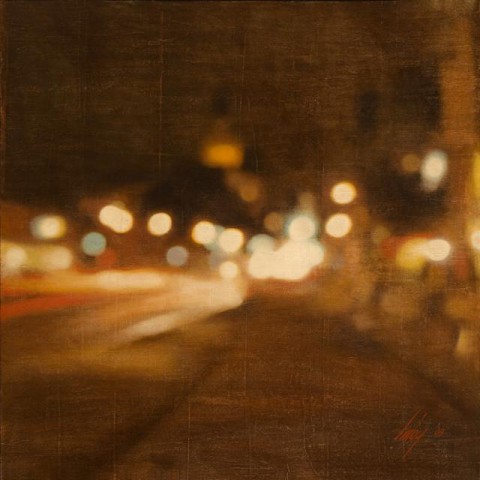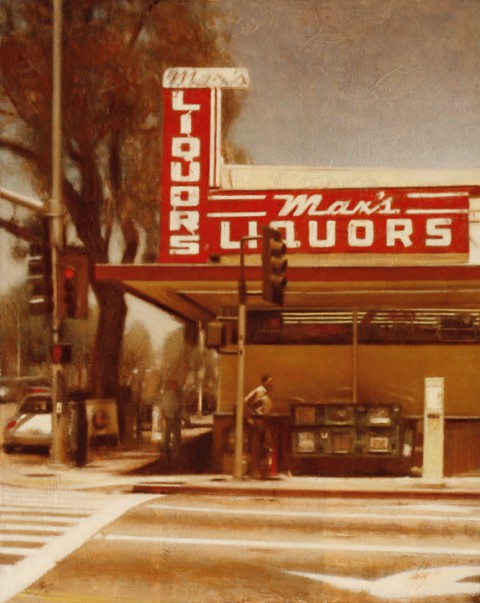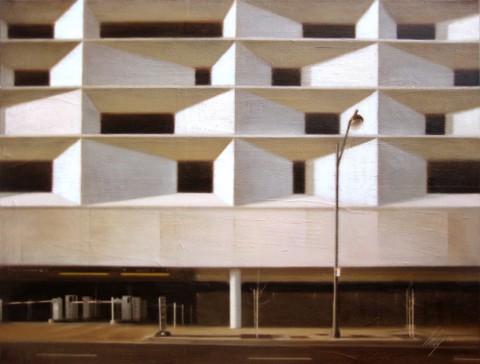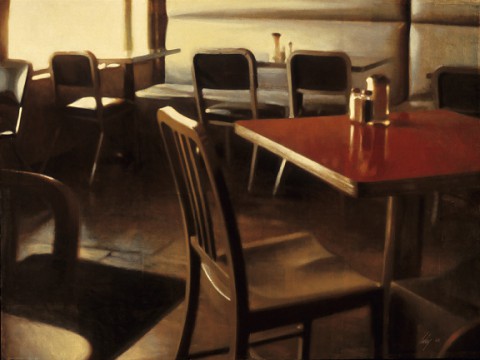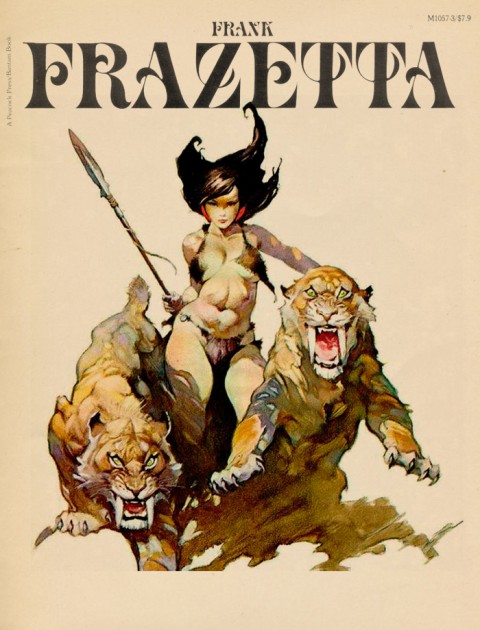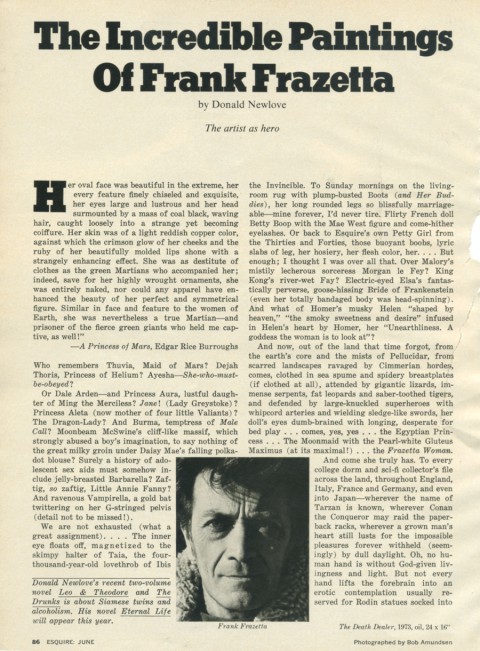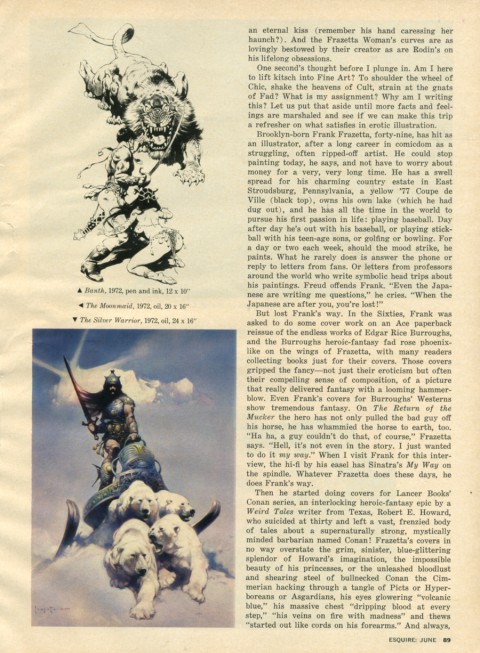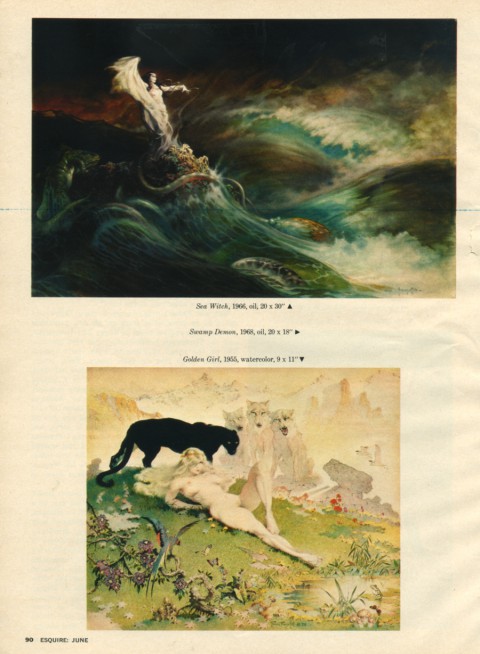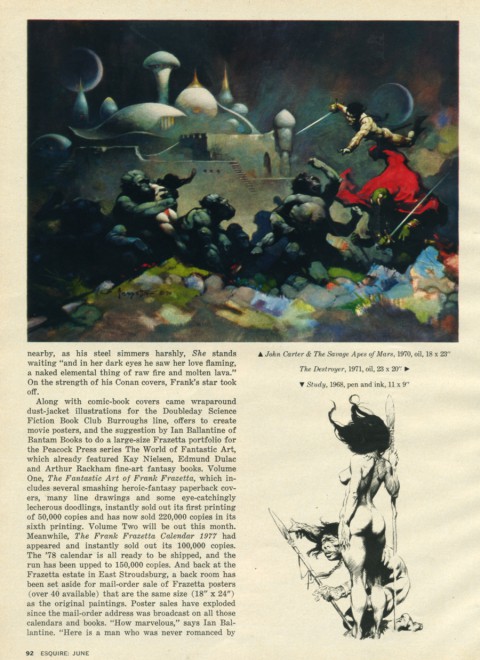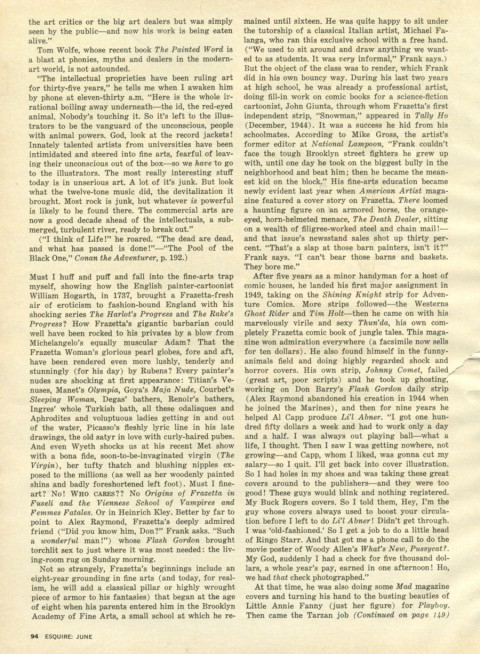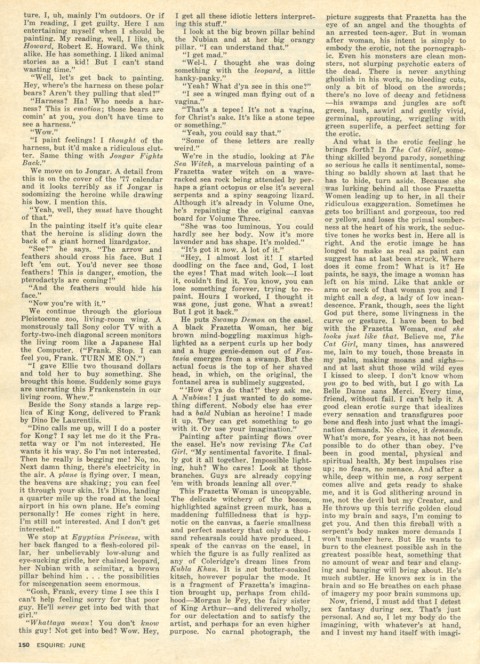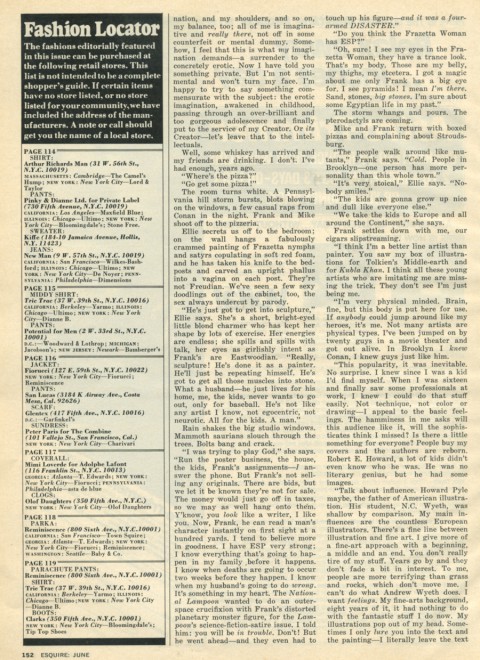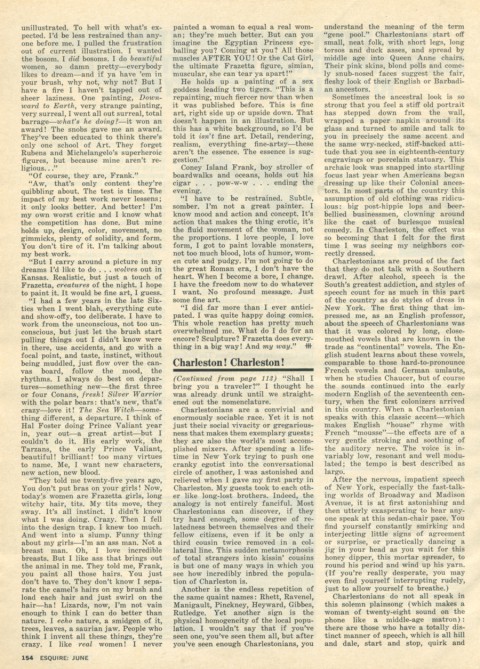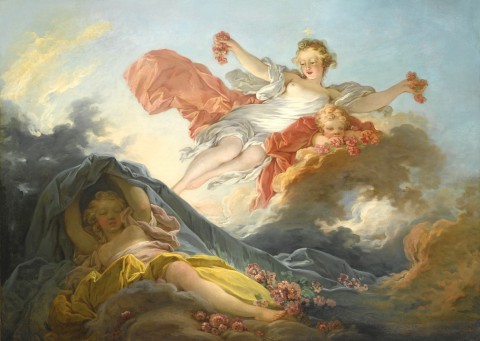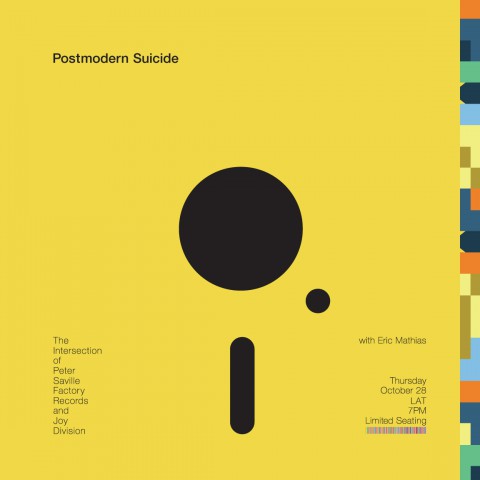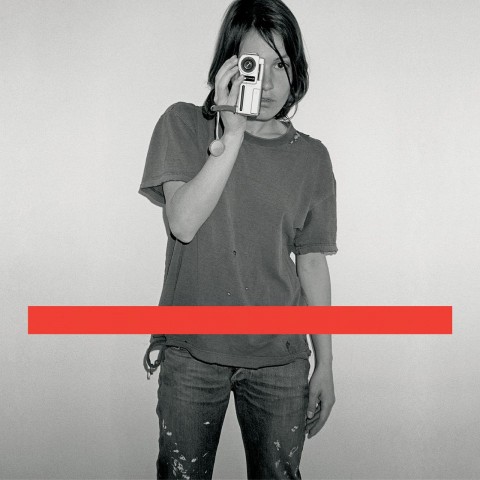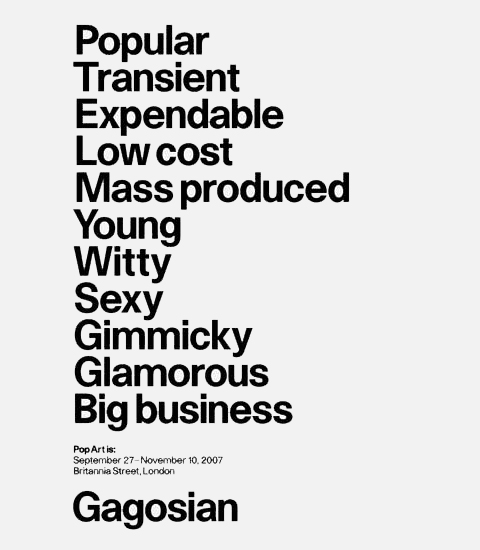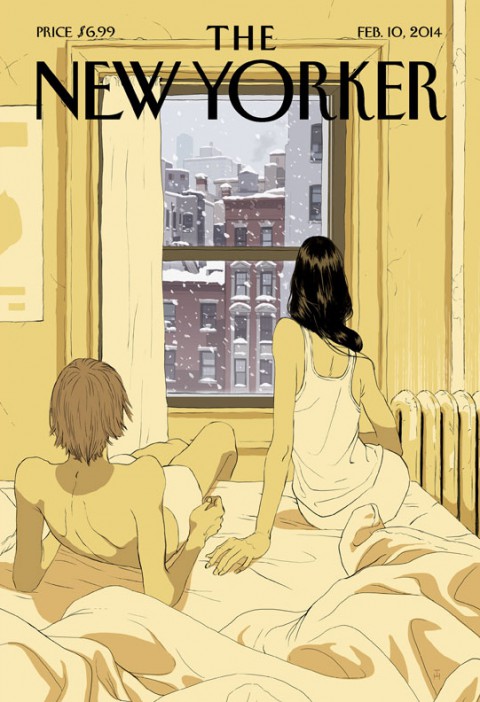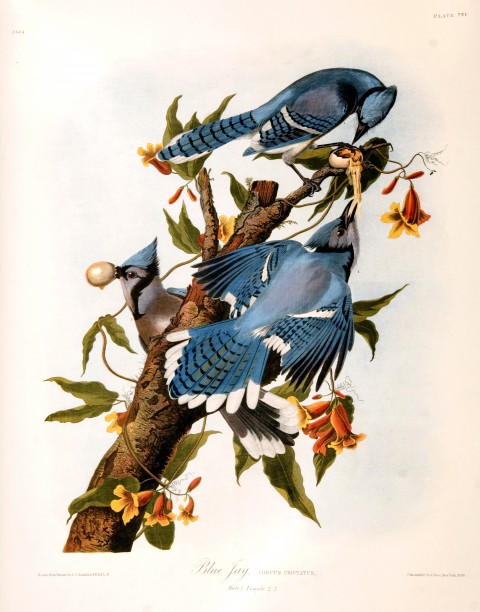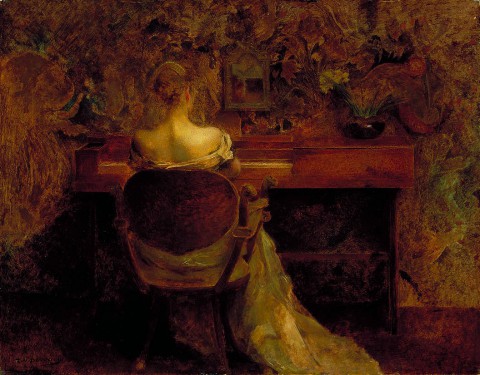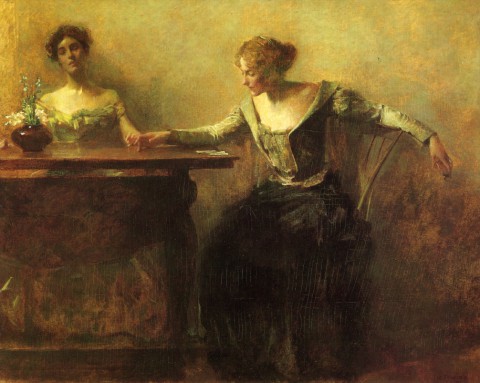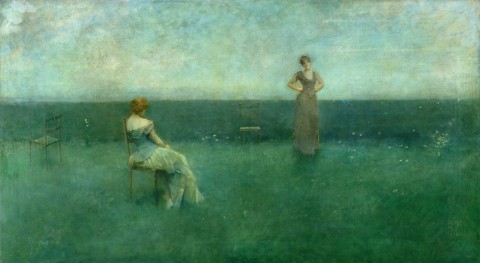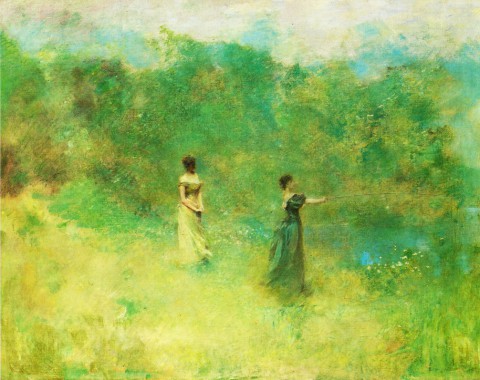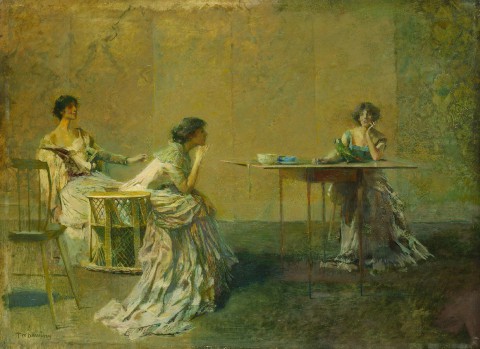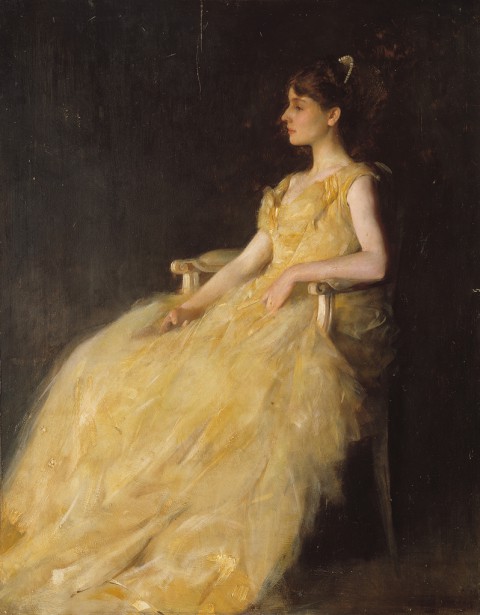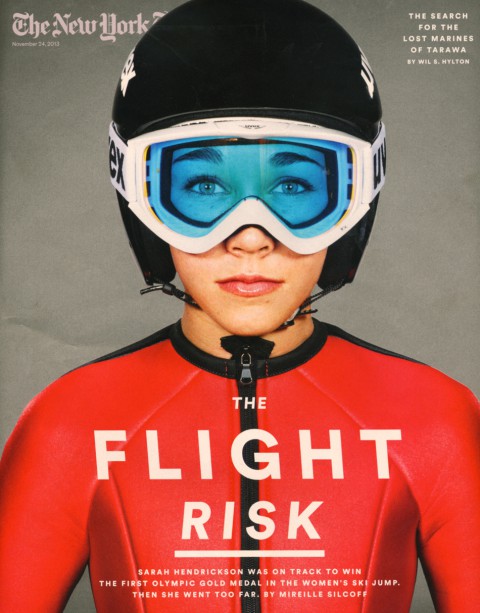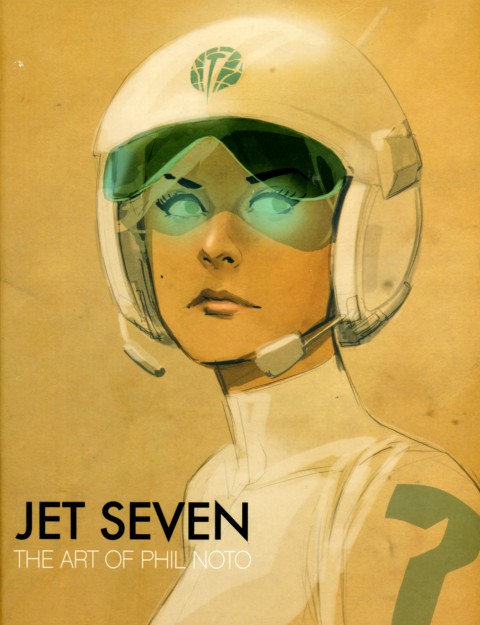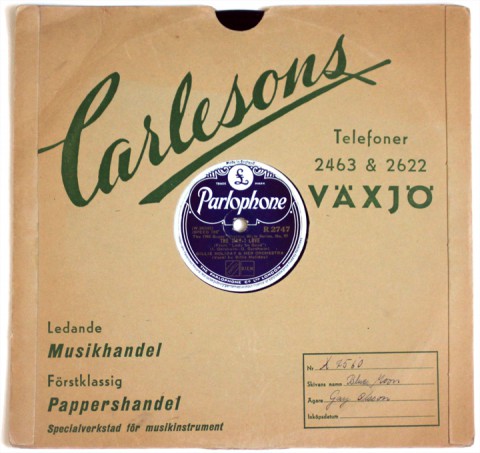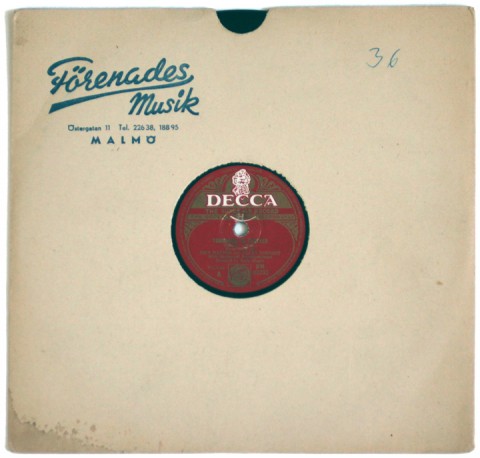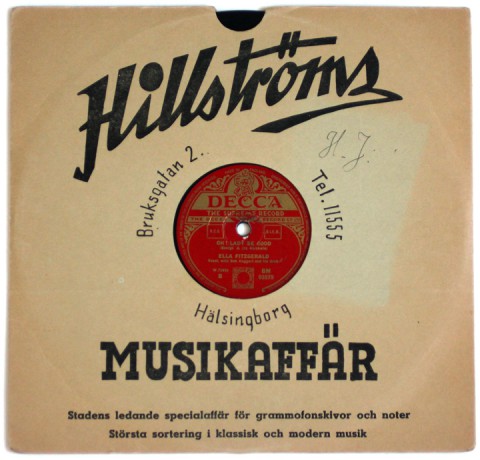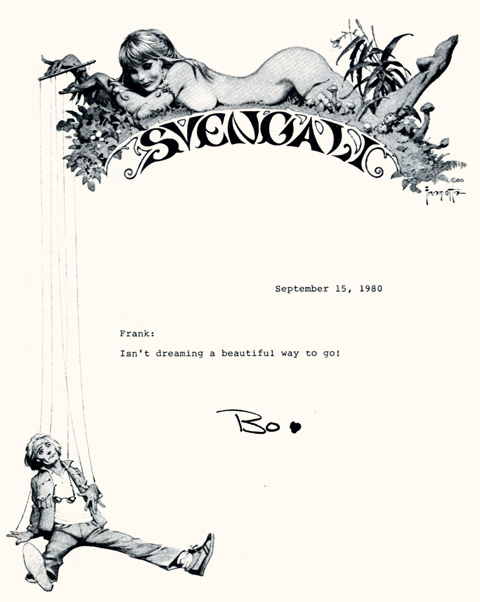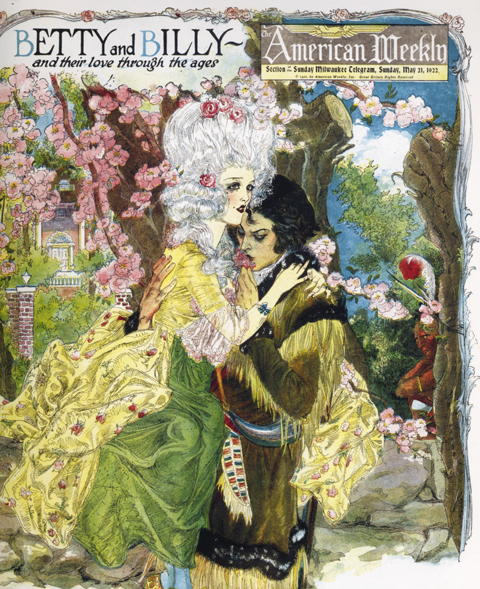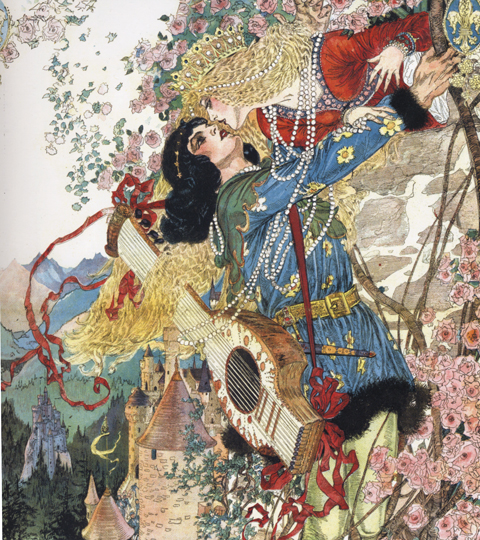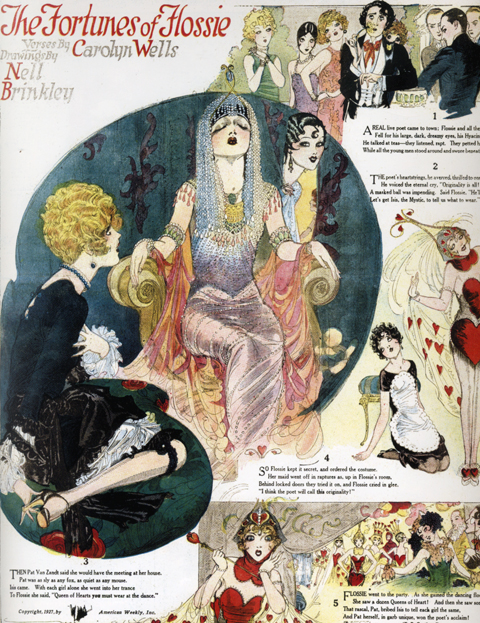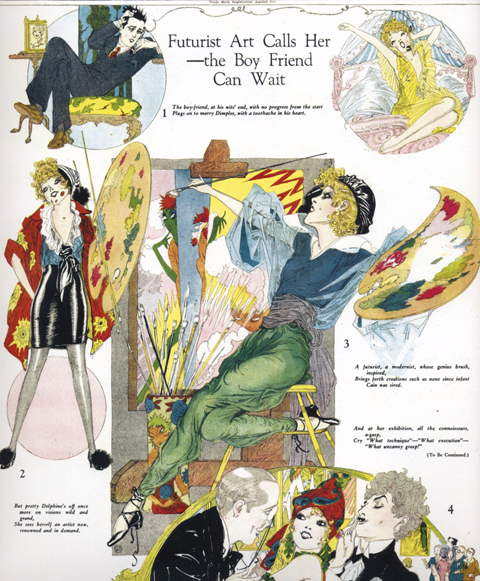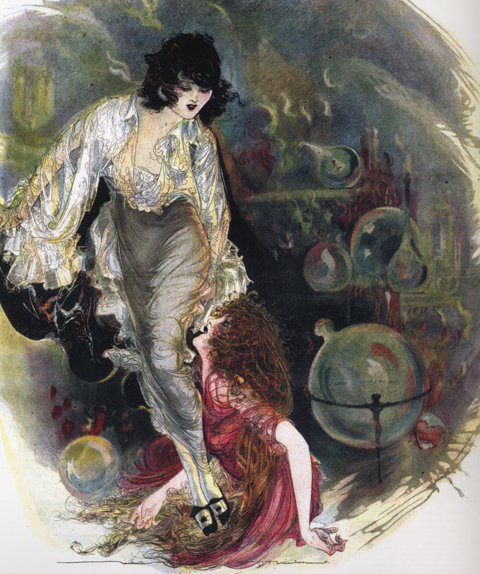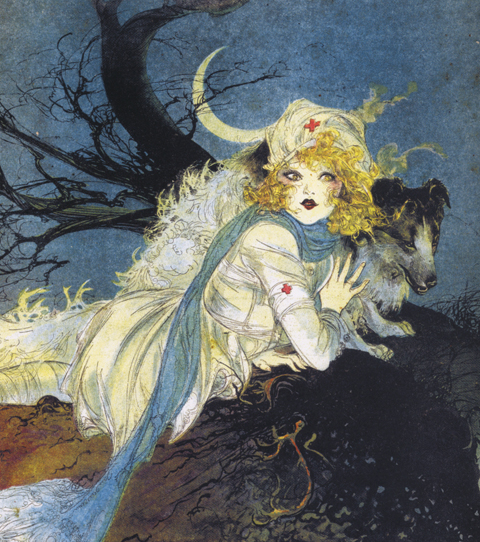
Transmissions sputter back to life… onto a fifth year of broadcasting. The signal has faded over the past year, gales of advertising mostly, then our radio tower plain and blew up (by which of course I mean a virulent SQL database corruption keelhauled my rickety, jury rigged WordPress build.) So, then, is this thing on? Are we going?
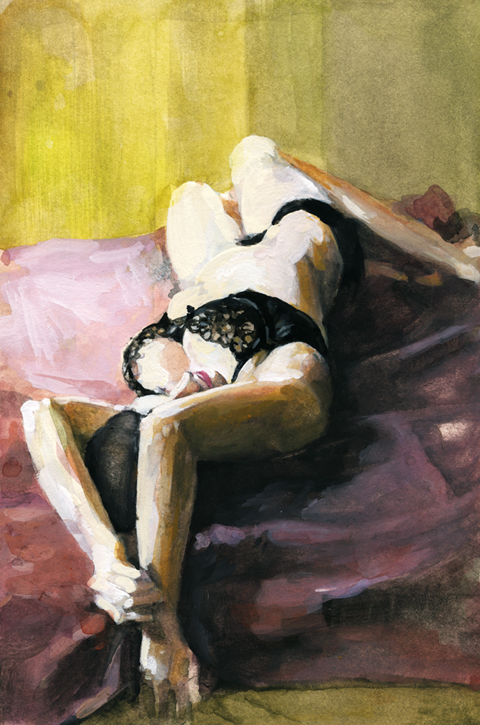
Comrades!
I painted this figure study over a few days this summer. I walked by it one night, a month or so ago, and as I lingered for a minute and thought — that’s right — View of Delft.
Yes, as in Vermeer’s view of Delft, entitled View of Delft.
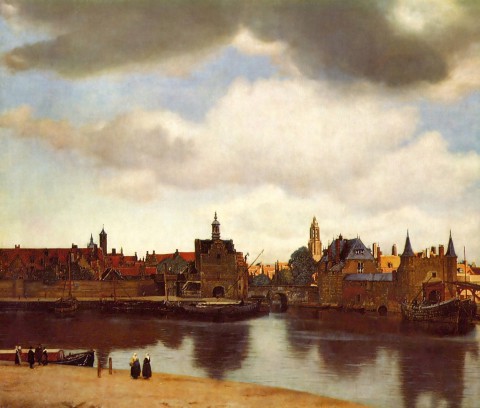
A blasphemous chuckle, right, but gumdaggit if this sketch and title aren’t now bonded like noggin epoxy — the phrase passing over my little ditty of a painting like a sky-blotting arial banner, featherweight but indelible.
So, as I said the blogs been down for a while, swept under crosscurrents and swells of obligations, dissolutions and advertising and I’m casting about for an inaugural post and all I can think of is View of Delft.
Here’s why. Cause this blog is, if it is anything, even in this particularly unhinged association, about searching for our own little private views of Delft — little lagoons, obsessively surveyed, rendered, cleared out out by hand.
Lagoons. Because in the clotted coastline of the blogosphere, it’s what this is, really. A tiny lagoon, home to beatniks, old salts, venerable preps, society matrons, homespun cuties, movie stars and scientists… Gilligan’s wake. It’s a beachhead from which we can re-embark on our quest to find and stake out other unlikely harbors. A stretch of landscape we can fix in our minds and take a draught or a puff and contemplate, then set off satisfied.
And when others arrive, like you dear reader, perhaps you’ll survey it appreciatively, like a scoutmaster, and think “I would’ve given you a commendable. That was one of the best pitched camp sites I’ve ever seen, honestly.”

Or something. Are we going? Is this thing on? Is this really broadcasting if there is no one there to receive? We’ll see. More soon.
Some credits: All the weird snippets about broken and sputtering radio transmissions are taken from Shellac’s epic angular shanty “The End of Radio,” which will serve as this latest sally’s theme song. The Herculean rebuild of this leaky beached blog was coded by the gifted and rad Marcello De Feo. Check his kung-fu. It is ace. The charming illustration of Moonrise Kingdom is by Adrian Tomine.
